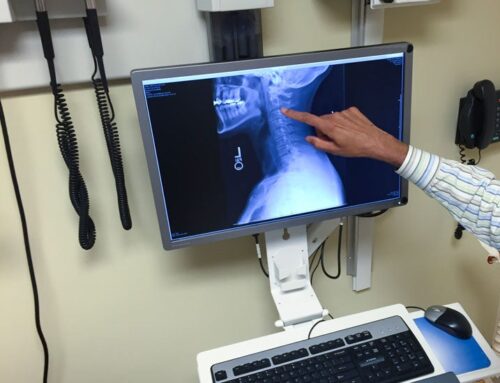Bone Spurs Overview
Despite their painful-sounding name, bone spurs often have no symptoms. They’re actually smooth projections that extend from your bones, frequently where two bones meet in a joint. The formation of bone spurs, called osteophytosis, is much more common after the age of 60. But younger adults can develop bone spurs, too.
If you have osteoarthritis, a risk factor for bone spurs, you should know what symptoms to look for and when treatment may be necessary.
Bone Spurs Symptoms
Most of the time, bone spurs are small and cause no painful symptoms. You may notice them if they form around your finger joints, because they may make your fingers look a little knotted. Only about 40 percent of people 60 and older will experience bone spur symptoms painful enough to require medical attention.
When bone spurs, also called osteophytes, form in the knee, you may find it painful to straighten your leg. Bone spurs can also form in the shoulder, which can irritate your rotator cuff and cause pain and swelling there. In the hip, bone spurs can also be painful and limit movement.
One of the most common sites for bone spur growth is the spine. If spurs form on the inside of a vertebra, they can press against the spinal cord or its nerve roots. This can cause not only pain, but also numbness in your back, arms, and legs.
If you have pain or stiffness in a joint that does not get better within a day or two, see your doctor. It could be bone spurs or any number of conditions. Early diagnosis and treatment of bone spurs can limit the damage they cause. If you notice pain and swelling in a joint that doesn’t subside with ice and rest, talk to your doctor about the possibility of osteophytosis.

Causes
By far the most common cause of bone spurs is osteoarthritis. That’s the type of arthritis caused by long-term wear and tear on your joints. Osteoarthritis tends to develop in older adults, but it can begin earlier if a joint has been damaged by a sports injury, accident, or other cause.
In a joint with arthritis, the cartilage at the end of your bones wears out. Cartilage is the flexible tissue that connects and cushions the bones in a joint. As part of the body’s attempt to repair the damaged cartilage, new bone material emerges in the form of bone spurs.
In the spine, a soft, springy disk cushions each vertebra. As the disks wear down and become thinner over time, the spine becomes more susceptible to bone spur formation.
Risk factors
Aging is the biggest risk factor for bone spurs. Over time, all your joints suffer at least a little wear and tear. This is true even if you have no obvious injuries. Your risk is also higher if you were born with structural problems, such as scoliosis (a curved spine). Poor posture can also put you at greater risk for bone spurs.
There may be a hereditary factor, too. You’re more likely to get them if you have a parent with bone spurs.
Diagnosis
If you have joint pain caused by bone spurs, you may be able to see or feel a lump under the skin. In many cases, though, you won’t be able to identify the source of your pain.
Your doctor will likely use X-rays to look for changes in bone structure. Other imaging tests may be used, too. These include MRI tests, which provide detailed views of soft tissue, such as ligaments and cartilage, and CT scans, which can provide more detailed images of bones and other tissue than X-rays.
Your doctor will also evaluate your medical history, listen to a description of your symptoms, and perform a medical exam. If the suspected bone spur is in your knee, for example, your doctor will have you move your knee while he feels for any abnormalities in the joint.




